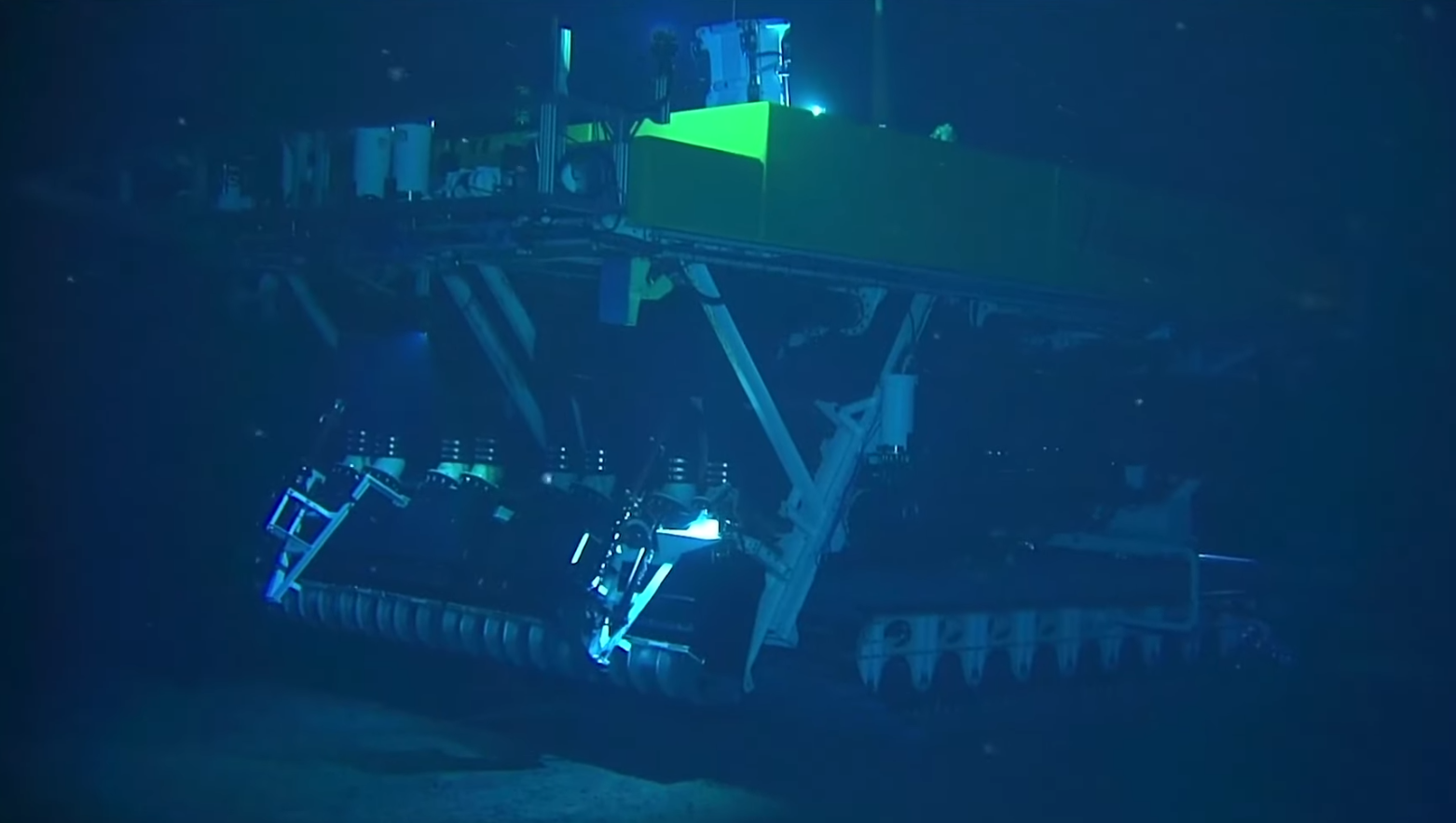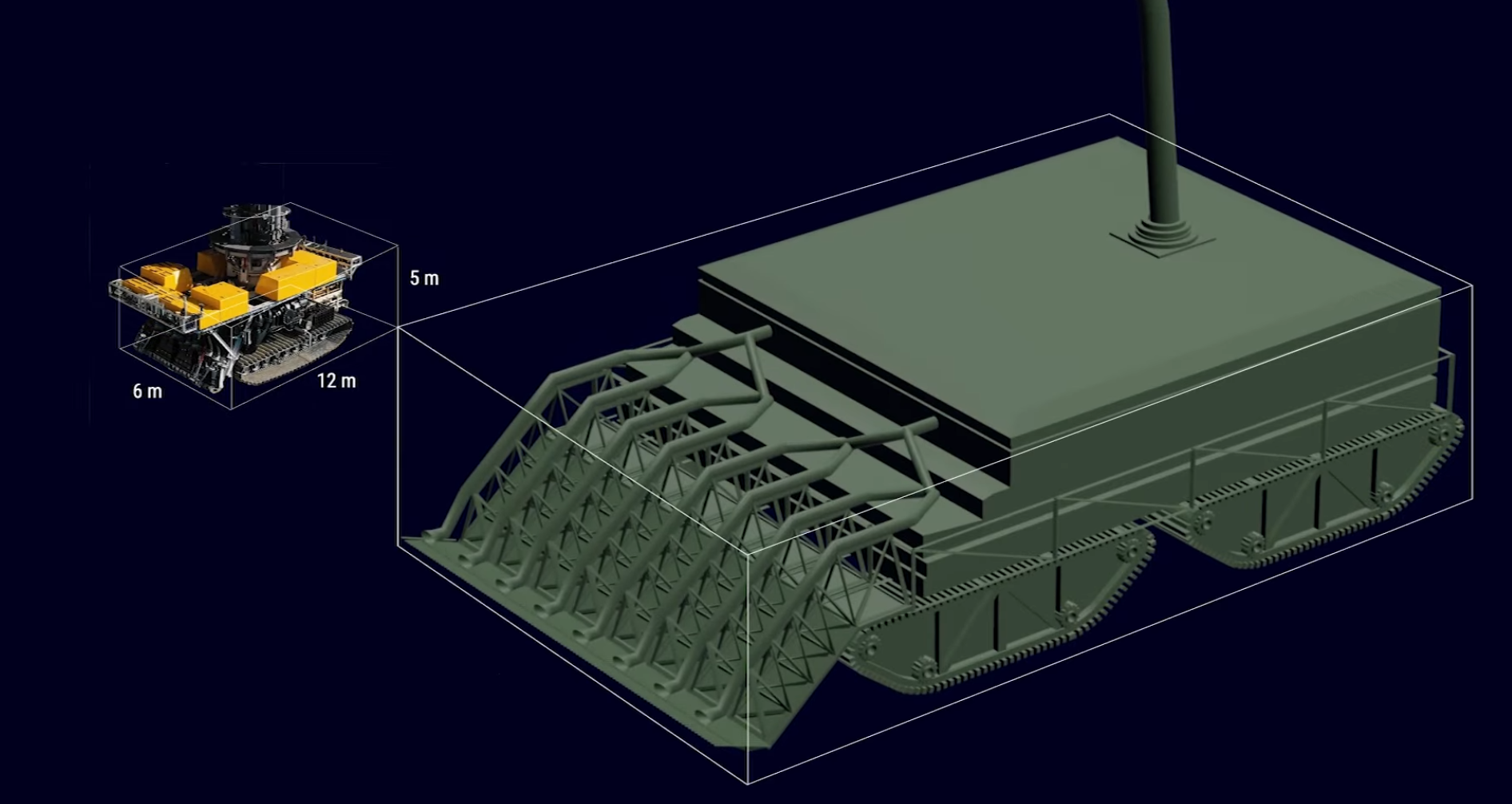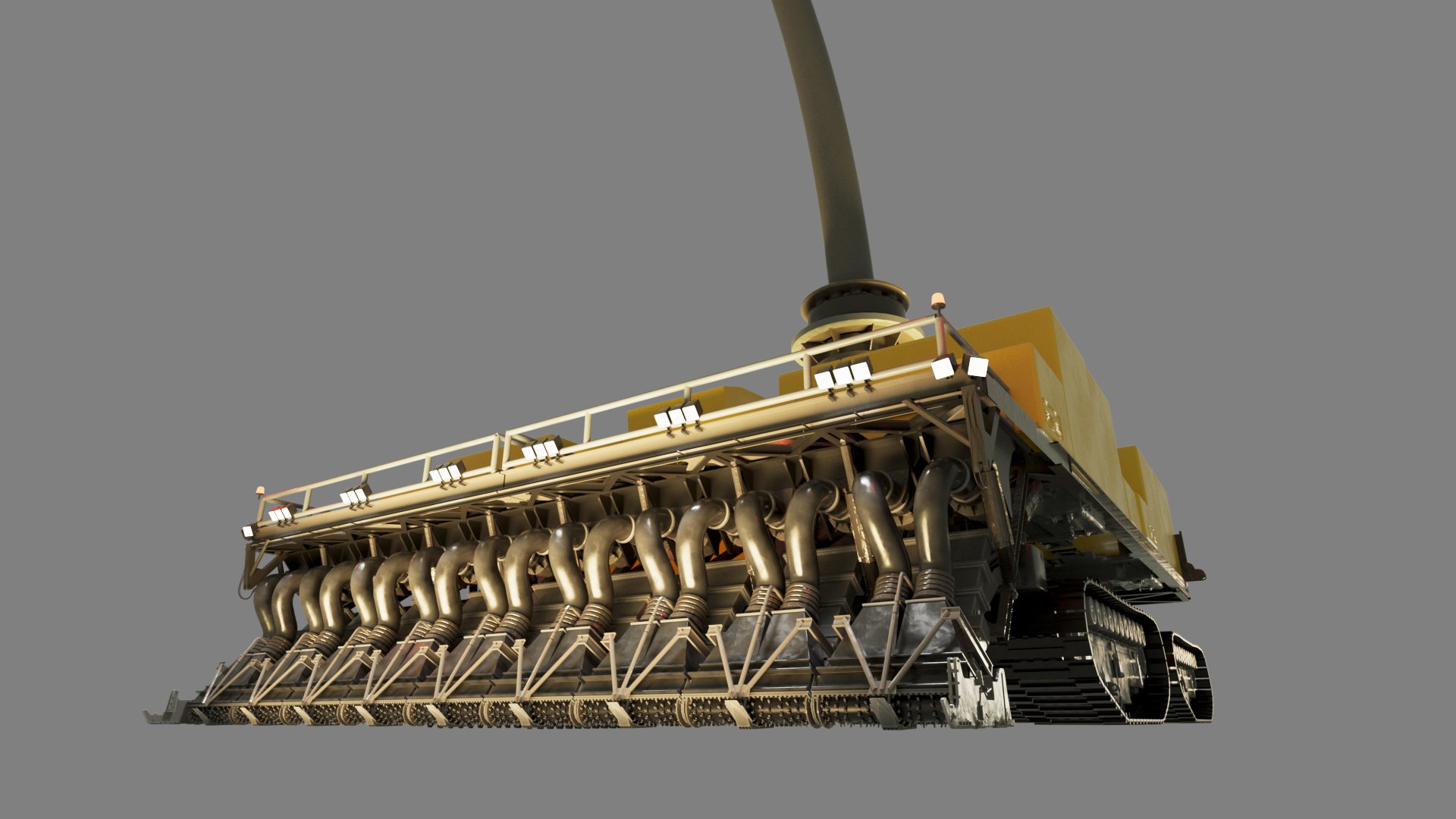Mining companies are pressuring governments to be allowed to mine the deepest seabeds for metals, damaging vulnerable deep-sea ecosystems. Greenpeace International want to stop it before it starts.
Read more and sign the petition on the Greenpeace International website.
Gallery
BEHIND THE SCENES
In mid-February, Greenpeace International got in touch looking for a team who could help them make an animated video to spread awareness of the threat of deep sea mining. We’ve had wonderful experiences working with Greenpeace in the past, so we jumped at the chance.
We pitched three different ideas based off their brief. They were most interested in the most complex one, which we included because we lowkey assumed they wouldn’t go for it.
We had three weeks to make it.
Our winning pitch showed a semi-realistic peaceful deep sea environment, the style of which was based in part off one of Greenpeace’s previous videos, The Lonely Shark (which contains some graphic scenes, FYI). The idyllic deep-sea scene would be interrupted by the harsh lights of a mining vessel, which would bulldoze through everything in its path.
Knowing those story beats, and being aware of our extremely tight turnaround for this project, we did only the briefest of storyboard sketches before we dove into the initial animatic.
Obviously, with such an important issue, it’s vital to be as accurate as possible. But running each stage of animation development past several different scientific teams to ensure everything is as it should be takes quite a bit of time! Luckily, there were lots of things to do while the Greenpeace teams fact-checked everything for us.
One of the most important elements of the animation is the mining machine itself. The machine we were asked to portray doesn’t actually exist yet in its final form. There are versions in various stages of construction, and there are smaller versions that have done minor test expeditions – it was the latter that we used as our primary reference as we developed our 3D model.
The other significant element of the film was our “main character”, the ghost octopus. The ghost octopus is a real creature, and the species would be directly impacted by deep sea mining. We fell in love with one of the only videos that exists of a ghost octopus, and confidently committed to making one the star of our film.
Y’all, making an octopus is HARD. What were we thinking.
Over that week, we watched dozens of videos of octopuses* swimming. (*If you’re interested in arguing about the correct plural of “octopus” then we’re absolutely here for that conversation, but please be aware that our producer Lindsey is a linguist and she will win.) We studied every single animated octopus that has ever existed. We watched the Behind the Scenes of Finding Dory, and found out that it took a team of animators two years to get a shot of their octopus, Hank, to the final stage.
It took us 31 versions, one animator and about a week, but finally we ended up with a relatively stable octopus rig.
By this time, the science crews at Greenpeace had got back to us with tweaks we needed to make, and had provided us with lots of references that showed what life 4,000+ metres beneath the ocean’s surface looks like.
Based on these references, we made a little library of corals, sponges, fish and megafauna to populate our scenes.
With these in place, we put together some style frames of two key shots. Initially, we wanted to keep to a simple colour scheme: a cool, dark blue for the undisturbed sealife contrasted with a harsh yellow light from the machines. This ended up not working out – it made the undisturbed scenes seem gloomy, rather than tranquil, and the light from the machines felt a bit too much like the holy light of a glorious undersea deity. So, we added more colour to the opening scenes and made the light from the machines harsher and sicklier.
(Adding more colour to the opening scenes has since angered furious Twitter commenters, who have insisted that it’s pitch black down there so you wouldn’t be able to see anything at all. Gonna work for those guys next time, it sounds like a much easier job tbh.)
Once this look was signed off, we just had to… make the rest of it.
At this point, we had about a week left. We took some shortcuts: to save on render time, we made the giant mining machines as still images, as they’re so huge and move so slowly that the perspective of them wouldn’t change significantly with our camera movements. We made small patches for the wheels and the motion of their horrid chewing jaws, and rendered those as an overlay.
We then added sand clouds, glows and particles to really embed the machines in the scene, and to give them as much of a sense of scale as we could.
We also wanted to give the sealife as much care and attention as we were giving the machines. As such, we added a blue visibility falloff to all the shots using the depth map and a ton more particles – and we added a little sparkle to the metal nodules that are scattered over the sea floor to draw attention to what would actually be being mined.
Even with particles and sparkles (sparticles) galore, some shots still weren’t working for us. The deep sea floor is full of life, but it’s not as densely packed as, for example, the sort of scenes we’re used to seeing of more shallow coral reefs, so some of the wide shots ended up looking a bit sparse.
To fix this, we re-positioned the camera at the last minute, added more depth of field, and generally tried to make the shot a bit more dynamic and populated.
In the meantime, we were also working with super composer Reeder to work on the music. Our temporary placeholder track was from the Blue Planet II soundtrack, and we were also interested in Pixar vibes for the intro, so the bar was set at Hans Zimmer and Thomas Newman who, if you don’t know, are very very famous soundtrack composers. But Reeder did not shy away for a second from this ridiculous task, and they absolutely smashed it, turning around a beautiful piece of music in only a few days.
And then, before we knew it, it was over! We’re still reeling a bit – it was definitely an intense project, but it was a fun challenge, and it’s always an honour to parter with Greenpeace to help raise awareness of such important issues.
Once again, you can read more about Greenpeace’s deep sea mining campaign via their official press release, and you can add your voice to its prevention by signing the petition.

























